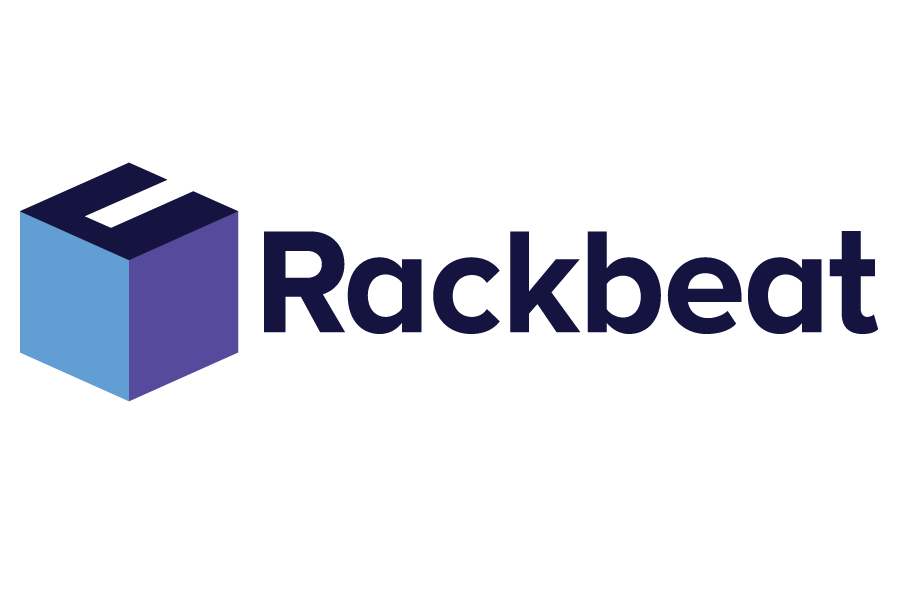Capacity Planning
Capacity planning refers to the process where businesses analyze and determine the necessary capacity to meet various production or service targets. This includes calculating resources such as labor, machinery, and materials required to achieve goals within a specific timeframe. Capacity planning helps companies optimize their resource utilization, avoid overloading, and ensure smooth production or service execution.
Rackbeat May 2, 2024
Optimizing Resource Use Through Capacity Planning
Capacity planning is crucial to ensure that a business can meet its production and service goals without experiencing resource shortages or excess capacity. This requires a careful analysis of future labor and resource needs, allowing companies to plan and allocate resources in a way that maximizes productivity, minimizes waste and enhances inventory management. This strategic process often involves using advanced software solutions that can model and simulate various production and work scenarios. These tools provide managers with a solid foundation for decision-making, enabling them to test different resource allocation strategies and see potential outcomes before implementation.
Capacity planning is also instrumental in aligning a company’s operations with changes in demand. In periods of high demand, effective capacity planning ensures that there are sufficient resources available to handle increased production without delays. This includes not only physical resources such as materials and equipment but also staffing, ensuring enough labor is available to meet production needs and improve overall production management. Conversely, in periods of lower demand, capacity planning helps companies avoid unnecessary costs by reducing or reallocating resources.
This may involve cutting back on overtime, temporarily shutting down certain production lines, or reducing the use of expensive materials, contributing to economic efficiency and resource conservation. A structured capacity planning further contributes to a sustainable business model by anticipating and preventing potential bottlenecks in production. By continuously monitoring capacity utilization and adjusting it in relation to changing market conditions, companies can maintain smooth operations and avoid both underutilization and stress on systems and staff. This not only ensures a more stable production flow but also higher overall employee satisfaction and better service to customers.



